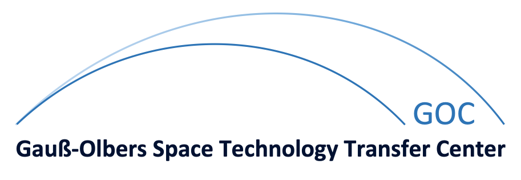Vergleich von Algorithmen zur Netzwerkechokompensation
| Betreuer: | Stefan Goetze |
| Art der Arbeit: | Projekt (MSc) |
| Arbeit beendet: | 11/2008 |
| Bearbeiter: | Xiong Fiefei |
| Status: | abgeschlossen |
| ANT-Signatur: | P-11/08-1 |
| Kurzfassung: | Modern hands-free telecommunication devices jointly apply several subsystems, e.g. for noise reduction (NR), acoustic echo cancellation (AEC) and listening-room compensation (LRC). In this thesis a combined system for listening-room compensation and acoustic echo cancellation is analyzed which uses an inner AEC and an outer AEC to further enhance the cancellation of the acoustic echoes. First of all, the LRC system using a room equalization filter is described. Two methods to determine the equalizer coefficients are introduced: the least-squares equalizer and an equalizer based on a gradient algorithm. The FxLMS and mFxLMS algorithms have shown their ability to handle the estimation of the equalizer coefficients. However, both ways to calculate equalizer coefficients require the information about the RIR, which brings us to explore the area of AEC system that can provide the LRC system with an estimation of the RIR. As for the algorithms used in AEC system, except for the conventional and popular NLMS algorithm, two new algorithms (so called proportionate update adaptive algorithms), have been described which were developed for sparse RIRs. One is the Proportionate Normalized LMS Algorithm (PNLMS), which is specially suitable for very sparse impulse responses; the other is an improved version of the PNLMS — Improved Proportionate Normalized LMS Algorithm (IPNLMS), which always performs better than NLMS and PNLMS algorithms independent of the nature of the impulse responses. Furthermore, a step size control based on an artificial delay introduced to the NLMS has been described to deal with time-variate situations of the acoustic environment. The optimal step size for the classic adaptive algorithms and some practical methods to estimate this optimal value have been derived. Although the step size control with artificial delay can not cope with the problem when the RIR changes, it is sufficient for the case of double talk from the near side. Moreover, this kind of step size control can be employed directly to the proportionate update adaptive algorithms, e.g. PNLMS or IPNLMS, since the calculation of proportionate part is independent on the step size part. After presenting LRC and AEC system separately, a combined system is described. Incorporating the system misalignment of the acoustic echo canceller, system identification can be enhanced reliably for real world environment, which can be applied to determine the equalizer coefficients more precisely and stably. With gradient algorithms used both in LRC and AEC system, it is feasible to combine these two systems for real-time applications.
Last but not the least, the combination of above two systems has been analyzed to evaluate the performance of the whole system. The simulation results also show the interaction of LRC and AEC and their mutual influence. Finally, an improved and novel edition of the combined system is introduced, where another AEC system is appended at the periphery of the combination of LRC and AEC structure in order to further enhance the performance of echo cancellation. Actually, this is meaningful for some challenging acoustic environments, where for the inner AEC system, it is difficult to obtain a nice ERLE performance. Moreover, it is shown that if IPNLMS is employed for the outer AEC system, this method has gained nice performance as seen from the simulation results. |







